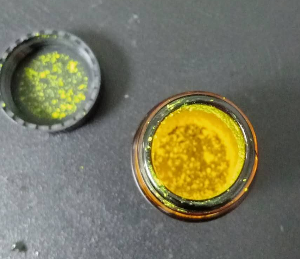| Message: | The application of acridine ester compounds in the field of life sciences is becoming more and more extensive, mainly due to its high luminous efficiency; the reaction conditions are mild, only H2O2 and dilute alkali are needed, and chemiluminescence (CL) can be excited without adding a catalyst. The outstanding feature of the CL reaction mechanism of this type of compound is that the luminescent group involved in the reaction is dissociated from the modified group, the luminous efficiency is not limited by the length of the linking arm, and the photodisintegration effect is small. Through the modification of its structure, the possibility of acridine ester compounds participating in the establishment of ultra-micro immunochemical analysis has been greatly increased.
About the application of acridine ester
1. Study on the determination of tissue-type plasminogen activator activity by acridine ester luminescence method
2. A new chemiluminescence analysis system for xanthine oxidase-acetaldehyde-acridine [2]
Under the catalysis of Huangjiayin oxidase, acetaldehyde is oxidized to acetic acid by oxygen in the air, and hydrogen peroxide is produced at the same time; the hydrogen peroxide produced by the enzyme reaction oxidizes the new acridinium ester luminescent agent in an alkaline medium. Methyl-9-(p-methylphthalophenyl) acridinium fluorosulfonate, which produces chemiluminescence.
3. Application of acridinium-labeled antibody to the determination of antibody levels in tuberculosis patients
Desheng has 6 kinds of acridinium ester products with different groups: acridinium ester DMAE-NHS, acridinium ester NSP-DMAE-NHS, acridinium salt NSP-SA, acridinium salt NSP-SA-NHS, acridinyl Hydrazine NSP-SA-ADH, acridinium ester ME-DMAE-NHS. In addition to the chemiluminescence reagents of the acridine ester series, we also have products such as luminol and isoluminol. |
 my account
my account
 log out
log out
 my account
my account
 log out
log out
